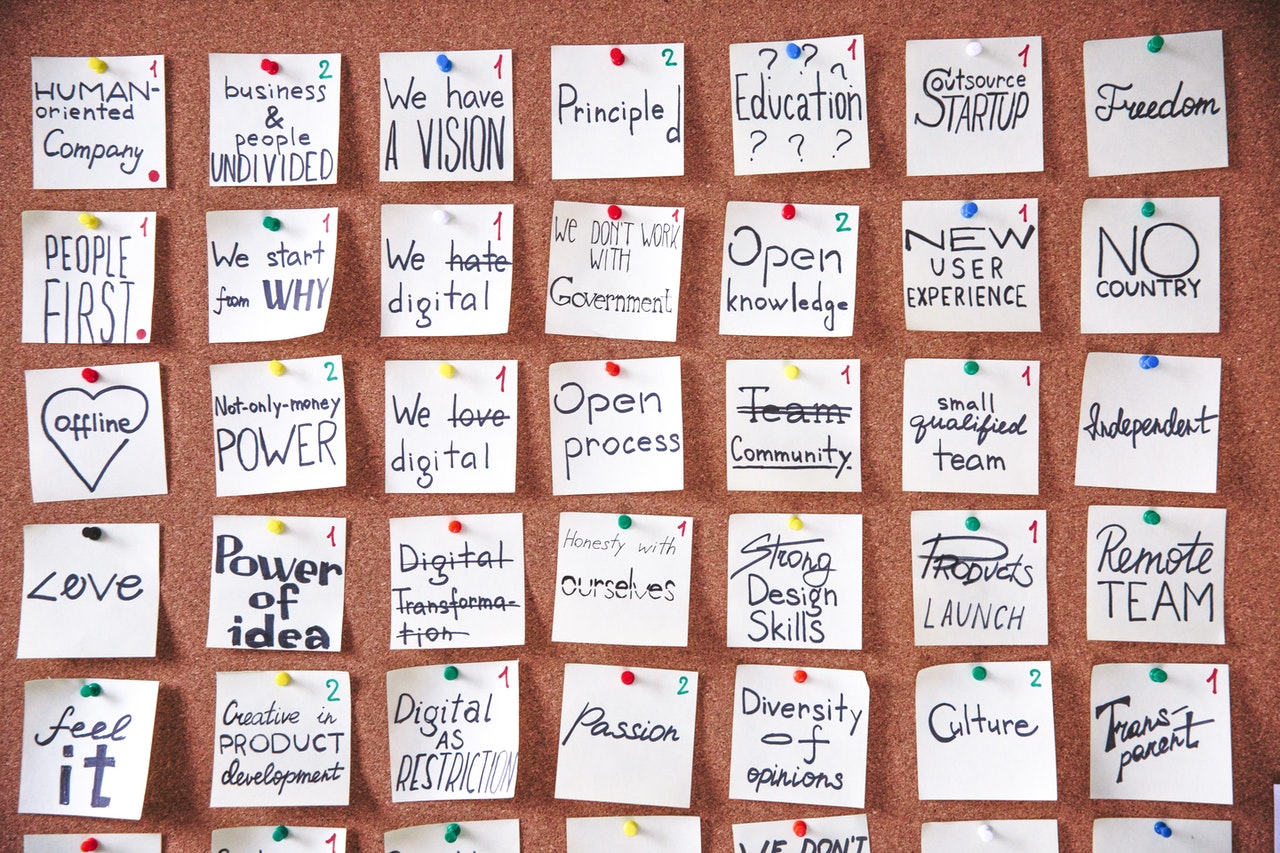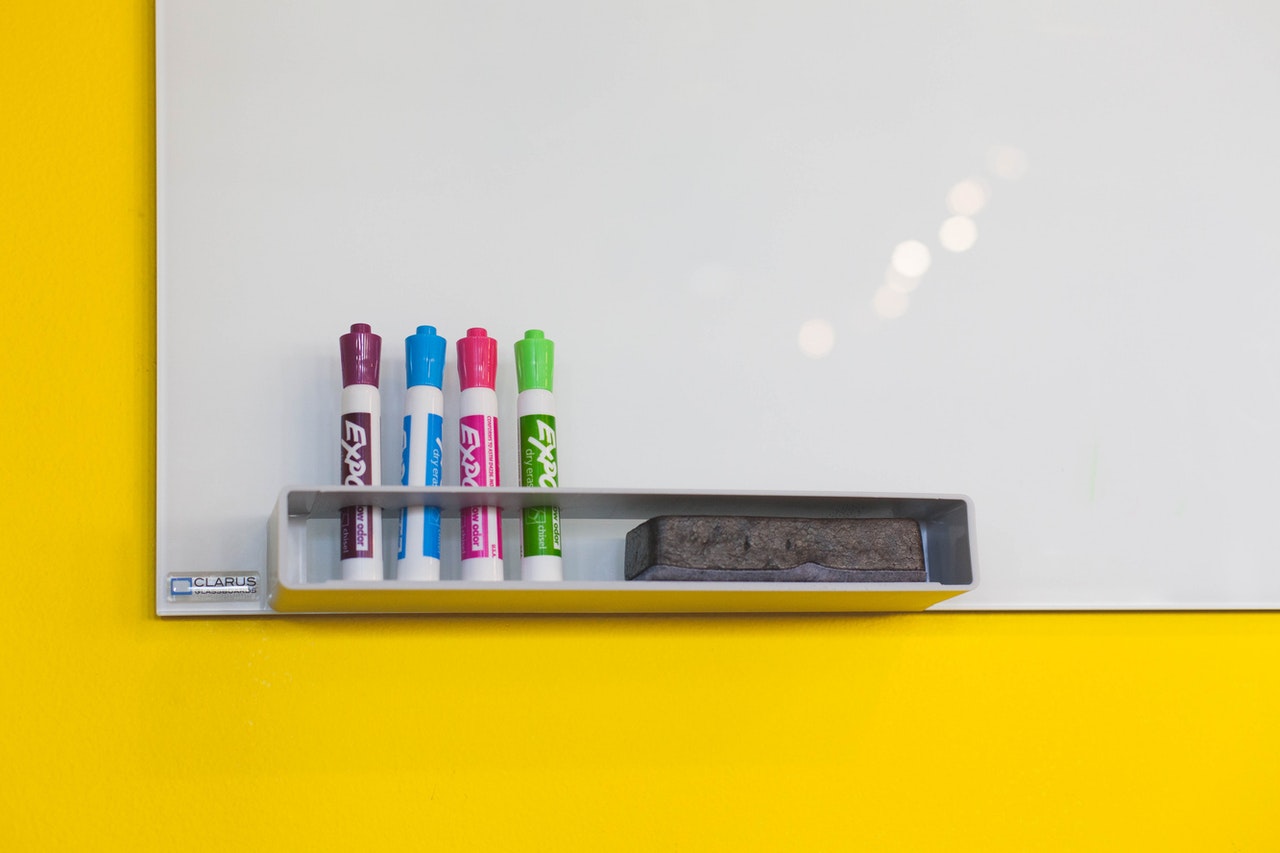What is Kanban ...
Manage Your Work Visually

Kanban is a Japanese word, that simply means ‘signboard’ or ‘visual signal’.
It is a workflow management system that originated from the manufacturing industry and more specifically from the Toyota Production System (TPS).
Toyota in Japan was continuously improving the workflows and always experimenting with new ideas, systems and methodologies. Just in Time (JIT) was one of those, that emphasized to manage the inventory levels in a smart way with the ‘pull system’ approach, instead of a ‘push system’ approach. This was really helpful in many ways, and only when the customers ordered the products, the respective requisitions were made to the suppliers to provide the material, instead of keeping the idle or dead stock at the company’s premises.
Toyota also started using the ‘Kanban’ method by developing visible signboards and showing the workflows in a transparent and visible manner about what is ordered (the tasks list) and what is pending (Work in Progress) and what is Completed or done.
This simple concept and workflow method proved to be very useful in managing the bigger tasks as well as smaller daily tasks with the help of the Kanban.
Then onwards, from the manufacturing, the concept of Kanban was adopted by many other industries and the most prominent was the technology and software development industry.
Currently the Kanban is more popular in IT sector than in any other industry. However, the basic principles of the Kanban remain the same, and it can still be applied and used for any industry even for the service industry.
As you may have derived the basic idea, that Kanban is just an extended form of your basic daily ‘calendar planner’, which shows you the ‘to do’ list and daily tasks, the pending and completed items.
Kanban Foundational Principles

According to the Kanban, you need to have a whiteboard which should show the three columns:
1. To Do Items
2. Work in Progress Items (Pending)
3. Completed items (Done)
Although every company or even at an individual level, we have the awareness of the basic work management discipline. In earlier days, the calendar planners used to be with the executives and company staff in order to check their ‘to do’ list and mark the status on daily basis.
The core concept remains the same, however, it has been further improved upon and have been given more advance tools to manage the complex workflow in a simplistic manner.
There is no fun in complicating the complexities. The beauty of the Kanban is in its simplicity.
Now as we may understand that of course, the whiteboards cannot be childishly used in every company or office setting, and that is perfectly fine. That is the reason, there are now several sophisticated high tech tools and solutions to make your work get kanbanized.
You can have these whiteboards equivalent things in your computer, which can be shared by all the staff and at any place, in any department, city or the world. Everyone will be visibly aware of the progress of the tasks, where they are, who is responsible to do what and what has been completed and what is pending.
How To Implement Kanban

There are 6 main steps to implement Kanban in your work area:
1. Make your workflow visible
2. Put a ceiling limit on your ‘Work in Progress’ (pending) list
3. Manage your workflow (not people)
4. Develop user friendly policies
5. Develop good and healthy feedback loops
6. Improve incrementally in collaboration
Lets's understand all the above steps with slightly more detail...
1 - Make Your Workflow Visible
If you have gone to McDonalds, you may have seen that after placing an order, the computer screens start blinking facing the customers as well as the ‘order in progress’ is blinking for the staff at the backend, to complete it. You see it visually, how many orders are coming and how many are in ‘work in progress’. The backend staff keep on doing their tasks and delivering on time. These simple computers with integrated visual system is a typical example of Kanban signboards.
2 – Put A Ceiling Limit On The WIP
The computer inbuilt system will put a celling limit on the WIP order limit e.g. after 10 customer orders, which remain in the WIP basket, the next 11th order will get a warning signal and the indicator may turn red in color. And it will start making warning noise for the staff who need to work faster and deliver as per the turnaround time.
3 - Manage Your Workflow
The normal management of the workflow starts with the SOPs already in place, but as per the spirit of Kanban, the staff have to watch carefully their WIP basket, that is the most critical part of the whole Kanban as well as the visual management philosophy behind it. If you are not able to manage the WIP basket well, the Kanban concept gets defeated easily.
4 – Develop User Friendly Polices
Every work requires to have business policies which should be able to satisfy the customers as well as the staff. It is not good only to serve the customers well. In a typical example, suppose the order turnaround time is 5 minutes, and on the weekend there is more crowd to order, but the company has failed to increase the staff, so based on the flawed policies, the speed will suffer and the same people trying to serve more will increase the WIP in Kanban and it will become a bottleneck for the whole workflow management. The company needs to develop such user friendly policies that should serve both customers and staff well.
5 - Develop Good Healthy Feedback Loops
Whatever you are doing within your company and in the workflow, if there is no feedback and inputs, you are bound to make wrong decisions and may fail easily. In the same example, if during the weekend there are more customers, and the staff may have a difficult time to manage the orders. Unless they communicate it well to the manager, the feedback will not go up and the flawed policy may not change. And just because of the lack of the proper feedback the whole business can suffer. Therefore, the work related feedback and the policies’ related feedback from the bottom up is very important to help improve holistic workflow continuously.
6 - Improve Incrementally In Collaboration
No improvement can be done in isolation, whether at home or at workplace. This has to be done in team work and in collaboration with other staff. The single McDonald’s staff definitely cannot make the burgers alone. All the staff have their own dedicated roles and responsibilities based on their specific SOPs. And they all work in coherent and integrated ways to deliver the orders.
Summing Up

Kanban is perhaps one of the simplest tools to manage the workflow visually.
As we are moving more into the technology age and the age of visual media,
it even becomes all the more important to develop the visual electronic dashboards
to show the work status visually.
It is important to understand that usually the work is mostly done through the established SOPs, Job descriptions and the expertise of the staff. That usually gets done in one way or the other. But the main idea behind the Kanban is to help make the workflow management even better and smarter by providing the visual tools which serve as a reminder and warnings to manage the bottlenecks efficiently and effectively. You may also read another article on Kanban here.
In one way, it may be equivalent to having an alarm clock by your side to wake up early in the morning.
Though you may develop a self-habit to automatically wake up but alarm clock helps you better with an external audible signal.
You can use the Kanban in every area of your life, not only limited to work. It will certainly help you achieve more with less.
Image Credits: All images provided by Pexels.com